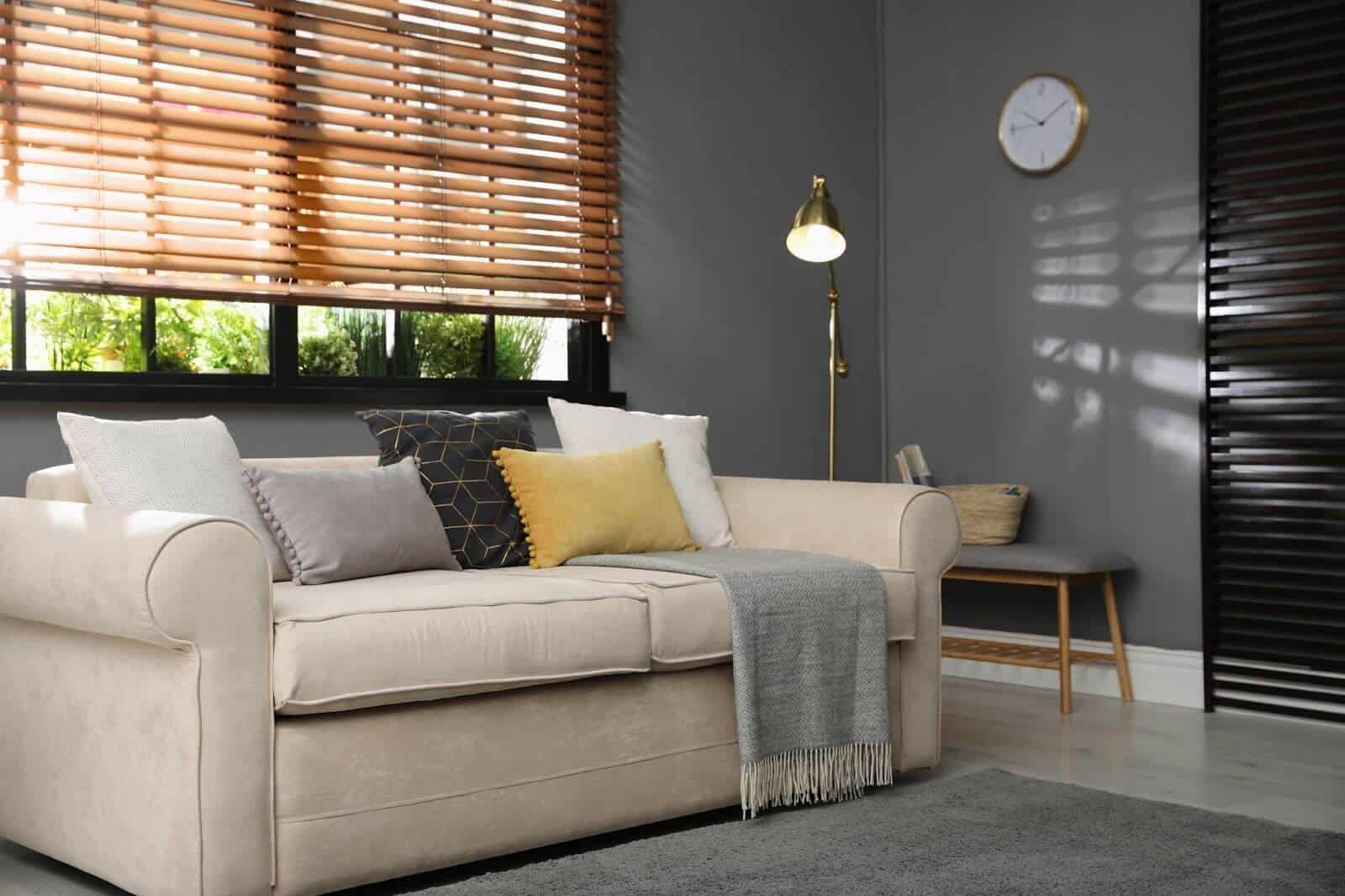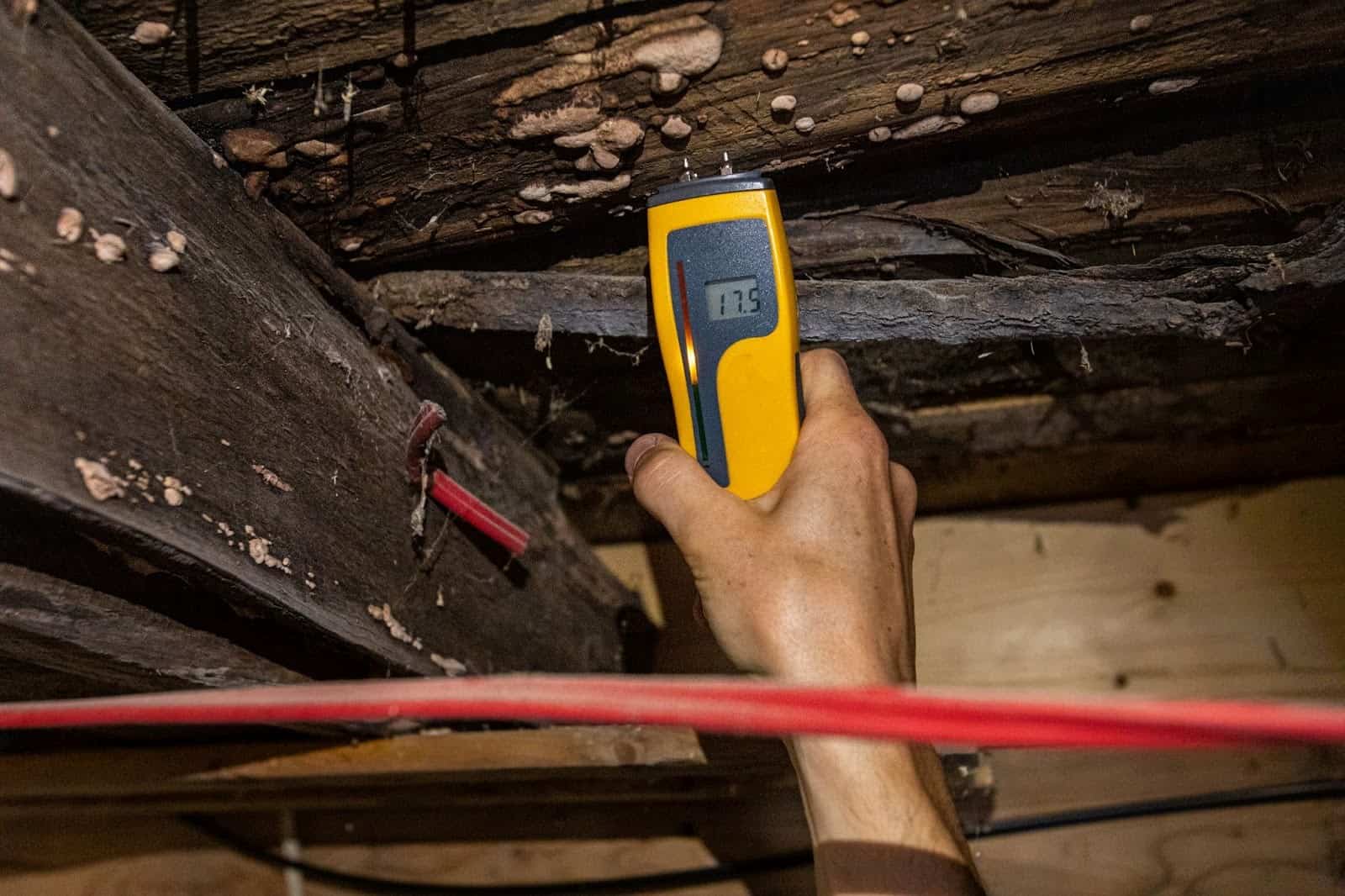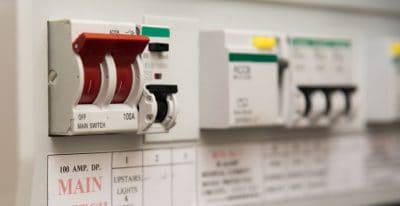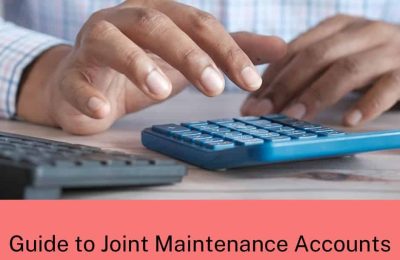[Image source: Deposit photos]
While Scotland’s summers aren’t typically known for their blazing temperatures, when things do heat up, traditional properties built to keep us warm might feel uncomfortable.
In rental properties where air conditioning has been installed or requested by tenants, a balance might need to be struck between the tenants’ comfort levels and the landlords’ safety concerns. Depending on the size of the rental and the logistics, landlords will be mindful of installation costs, ongoing maintenance and any potential damage incurred installing a unit.
Meanwhile, the benefits of installing air conditioning extend beyond keeping properties cool. With the average person staying indoors 90% of their time, having clean inside air and an energy-efficient air supply, is good for your health and can offer some protection from toxic pollutants, such as mould build-up, dust particles, external fumes and cleaning products.
This article explores the rights and responsibilities around air conditioning installation for both tenants and landlords of commercial and residential rentals in Scotland.
Regulations for Installing Air-Con in Rentals
In Scotland, tenants require written consent from the landlord before making any modifications to the rental property. This includes installing air conditioning units. Tenants are not allowed to make alterations without the landlord’s permission under a current Scottish Tenancy Agreement. Installation and usage of air conditioning units can become a point of contention and result in disputes between tenants and landlords when it comes to bearing any costs and making decisions that change a property’s interior.
If tenants living in residential homes want to install air conditioning or those overseeing commercial lets, they would need to make a formal request to the landlord and get their approval. The request should include details on the type of unit, specific installation requirements and who will bear the costs.
Landlords are within their rights to refuse installation if they believe it might damage the property or be a nuisance to neighbours. Additionally, proper installation by professionals is key for efficiency, along with regular maintenance like changing filters. Smart thermostats can optimise usage and prevent excessive runtimes. Strategic placement of units in frequented rooms rather than entire homes can also lower costs.
[Image source: Deposit photos]
Communication is key, so tenants should explain their reasoning to landlords and highlight the health benefits of air conditioning and damp avoidance. The filters in air-con (with tests to promote good indoor air circulation) can help to remove dust and pollutants and filter out pet hair or pollen which can benefit people in rentals who suffer with allergies or asthma. Likewise, for rentals in bigger cities like Edinburgh and Glasgow, having a purer air air-con system can help to reduce the harmful radicals caused by heavy traffic, public transport and a proximity to industrial buildings.
Costs and Logistics of Installation
Tenants should be prepared to cover the full costs of purchasing and installing units if landlords grant permission, plus they may be asked to remove units and repair any damage when leaving the property. While Scottish law favours landlord rights regarding property modifications, tenants can still make a case for air conditioning if they agree to conditions like paying costs and removing units later.
Installing air conditioning in commercial rental premises or residential homes can be expensive depending on the size of the building and the type of system installed. It can also be logistically challenging. For a studio or 1-bedroom flat, a portable unit, you can expect to pay anything from £300-£600 plus per installation. Larger split unit systems for multi-room properties range from £1,000-£5,000 and above.
For flats, centralised HVAC systems can service the entire building and for air conditioning, might average from £5,000-£10,000 per flat. This requires extensive infrastructure like ductwork, major construction and agreement of all owners, making it an unrealistic option for most. Tenants looking to install air conditioning in flats or larger rentals may need to hire an electrician, get council permits, coordinate with building managers if relevant and arrange unit removal at the end of the rental lease period.
Logistically, air conditioning requires adequate power supply, which may not be available in older rental properties without electrical upgrades. Proper ventilation is also needed to avoid moisture build-up and mould. Professional installation is strongly advised. With high upfront costs, complex logistics, and landlord approval requirements, air conditioning can be difficult for renters to implement on their own.
Considerations around Energy Efficiency and Utility Bills
Air conditioning systems can significantly increase energy bills, so energy efficiency and costs are major considerations for landlords and tenants seeking to install units in rental properties.
Older, less efficient units will consume a lot more electricity than newer models designed to save energy and money. Newer central AC systems and inverter-driven mini-splits also offer greater efficiency than outdated technology. Landlords and tenants should look for units with a higher energy efficiency ratio. Check EU energy labels and the UK’s specific energy efficiency ratings when investing in air conditioners. Landlords will be mindful of energy efficiency and the EPC rating of their rentals.
In some cases, landlords may pay utility bills including electricity. Tenants should calculate estimated increased usage and discuss cost sharing options with landlords before installing units. With the right energy efficient model and usage monitoring, tenants can enjoy air conditioning without huge costs. But bills will undoubtedly rise, so factoring increased utility rates into the decision is essential.
Compromises Relating to Tenants’ Rights and Landlords’ Concerns
Under Scotland’s housing regulations, landlords do have a responsibility to provide a safe, habitable and healthy environment. While landlords will want to ensure their tenants are happy, they will aim to minimise costs. However, there are strategies that both parties can use to reach reasonable solutions if any dispute arises.
If there is a disagreement over the cost for landlords when installing air conditioning, tenants can offer to cover all equipment, installation and operating costs to relieve the landlord’s financial burden. Also proposing to hire certified professionals and restore the property when the lease expires may also ease concerns about any potential damage to property.
Ultimately, communication and cooperation will be key. Tenants should acknowledge valid landlord concerns, while landlords ought to recognise tenants’ basic need for comfortable living conditions. With flexibility and compromise from both parties, air conditioning needs and property management concerns can be mutually addressed.
While air conditioning may not be a given in Scottish rentals, there are ways for tenants and landlords to work together to reach reasonable solutions that provide optimised indoor temperatures and clean-air solutions in the interests of both parties.












